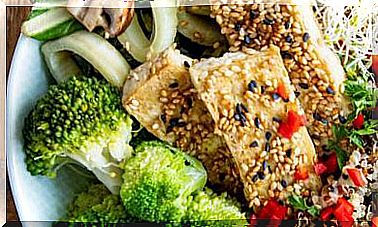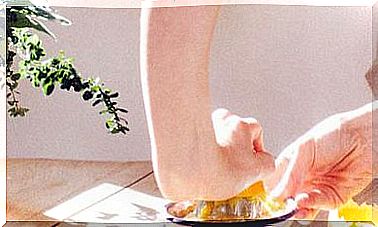They Find A Banned Pesticide In Imported Sesame Seeds
This compound has been banned in the European Union in food since 1991, but has reappeared in products with imported sesame seeds.

Ethylene oxide has been a pesticide banned in the European Union since 1991, but it has found its way into sesame seed products and other foods that are being pulled from supermarket shelves.
In the countries of origin of these products, farmers use ethylene oxide to prevent the growth of fungi and bacteria such as salmonella in some foods.
This pesticide is a colorless gas with a sterilizing effect that is sprayed on foods such as spices, nuts, cereals or legumes. After being sprayed, it quickly decomposes into a substance called 2-chloroethanol, which is equally toxic.
Ethylene oxide is carcinogenic
The use of ethylene oxide in food products was banned in Europe as it was classified in category 1B, of mutagenic, carcinogenic and toxic compounds for reproduction, according to the official classification of the European Chemicals Agency (ECHA). However, it is a disinfectant allowed to sterilize medical devices and materials and instruments used in surgery.
If inhaled, it can cause headaches, dizziness, nausea, and in worst cases, even a coma.
In Europe, very strict maximum values have been established for their presence in imported products: they should not exceed a maximum content of 0.05 milligrams per kilogram for sesame and other seeds, regardless of whether they are organic or conventional products. Otherwise, its sale is not allowed and the trade has to withdraw this food.
It has been found in sesame from India
In autumn 2020, a report was sent through the European rapid alert system RASFF when it was found during a control in Belgium high levels of ethylene oxide in sesame seeds from India, where the treatment of food with this is allowed. substance.
Authorities across Europe began scrutinizing imported products and hundreds of items have since been withdrawn from circulation for exceeding limit values.
They were products with sesame such as mueslis, cakes, snacks and tahini, and other products such as turmeric, cumin, pepper, ginger or paprika.
To assess the risk posed by these contaminated products, health authorities perform complex calculations. In short, it is estimated that consuming about 25 g of sesame seeds with the maximum level of ethylene oxide allowed would achieve a “intake of least concern”.
There is no safe dose
But if the levels are exceeded the situation is more worrying and, in any case, there is no totally safe dose for this substance. In some cases, food has been recalled that exceeded up to a thousand times the permitted limit value.
Under the circumstances, it may be a good idea to avoid sesame products of non-European origin, at least until the situation is fully controlled.
All sesame from India is being analyzed
The European Commission reacted to the problem and from October 26, 2020 all sesame shipments from India must show a certification showing compliance with European regulations. As a safety measure, one out of every two shipments is being tested for ethylene oxide . They are only allowed to enter the countries of the Union if the result is negative.
Both companies and supervisory authorities are now alerted, and recently developed analytical methods will allow for better routine checks in the future.









